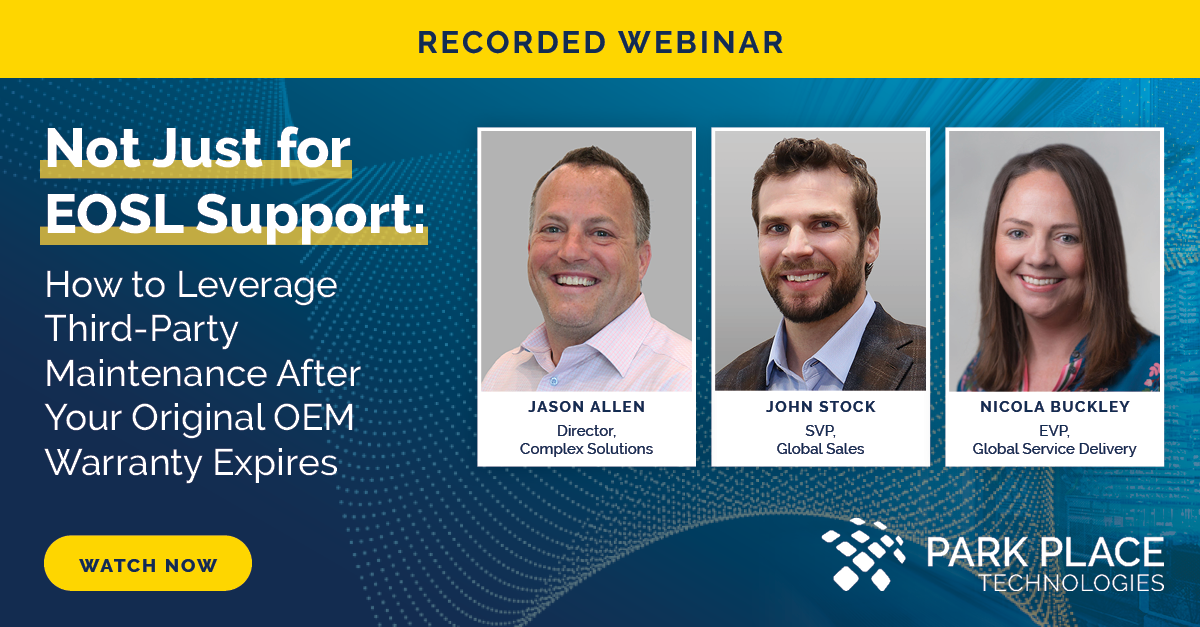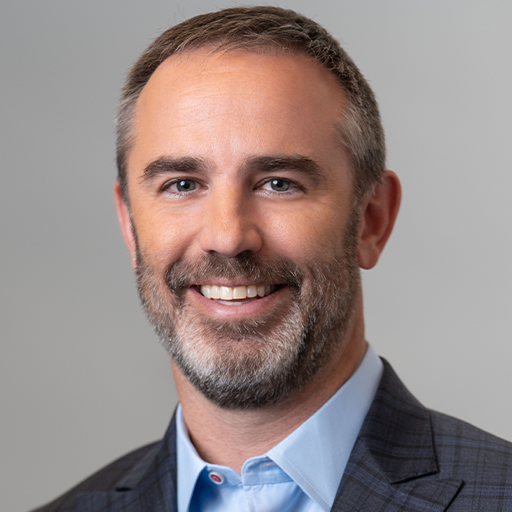Accelerate IT/OT Convergence in 2018: Implications for IT Maintenance
Park Place Hardware Maintenance
The most successful enterprises are using hybrid excellence centers incorporating IT and OT skill sets
Digital transformation has taught us thissilos are limiting. Application development is no longer a world apart from operations. Business unit participation is critical to guide insights from machine learning. And now information technology (IT) and operational technology (OT) are converging.
What does this mean for the IT organizationand IT maintenancein 2018 and beyond?
The Road Ahead
The automated factory used to be a closed environment, but digital businesses now want iPads, not specialized interfaces, to control motor drives. And leaders need to manage IT and OT as a single asset. After all, deploying separate solutions can double operational expense.
By combining industrial automation with communication, IIoT is making production lines and oil pipelineswith all their sensors, data, and analyticsas integral to the networked enterprise as employee workstations. That way, companies can leverage the best of IT, like cloud computing and virtualization, alongside OT advances.
These changes have disrupted manufacturing, aviation, healthcare, and other verticals. In 2018, IT and OT will collide within the data center as well, offering new facilities monitoring-and-control capabilities.
Known challenges include security and governance. When the power grid is vulnerable to malicious email attacks and a Jeep is hacker-hijackable, it’s important to get these things right.
It won’t happen by IT subsuming OT, however. As LNS Research’s Matt Littlefield points out, no controls engineer has ever taken ownership of ERP implementation/support, and likewise no IT manager has ever taken ownership of DCS or PLC implementation/support.
IT Maintenance in the Era of IT/OT Convergence
The most successful enterprises are using hybrid excellence centers incorporating IT and OT skill sets. Such role-sharing raises important questions about maintenance responsibilities across todays more diverse enterprises, when support had always been segmented into those handy silos.
Schneider Electric underscores an important point: The bottom line is, OT and IT are working towards the same goal uptime. While IT strives for high-availability, reliability is always the priority for OT, where failures can cost lives. Both sides need systems up and running, and Gartner predicts that by 2020, 50% of OT service providers will partner with IT-centric providers to keep them that way.
There will be other changes. As sensors and similar IoT devices are more replaceable than repairable, spares management will remain vital but certain aspects of field support will evolve. Network complexity and associated troubleshooting demands will likely expand.
For many businesses, tapping a global IT maintenance partner will enable support delivery wherever needed, at the New York headquarters or in a Malaysian production facility. By handing off maintenance tasks, the IT organization can also secure cost-savings and workload reductions to make way for other convergence-driven resource requirements.
Finally, CIOs may reconsider their roles. As they break from their own IT leadership siloes, they can more successfully exploit business assets, processes, and information across all enterprises systems, IT and OT alike. At that point, well know the convergence is complete.
Chris Adams is President and COO of Park Place Technologies. Contact him at cadams@parkplacetech.com.



